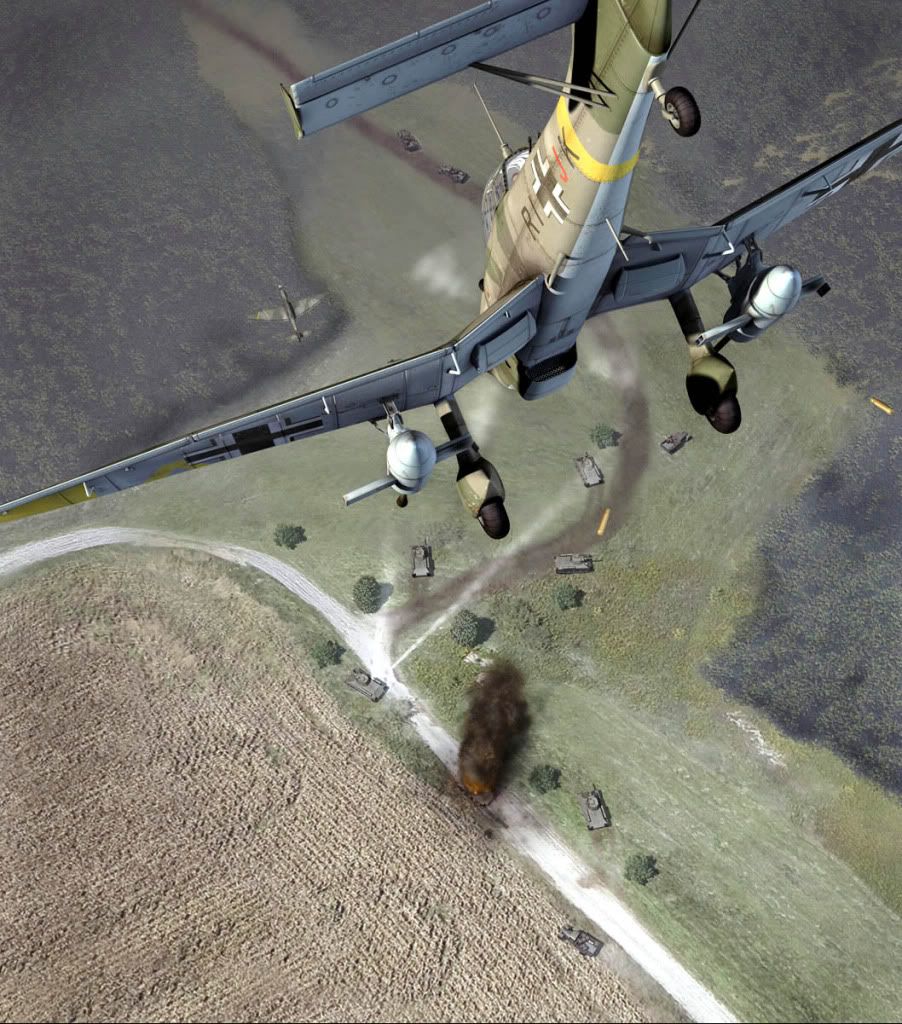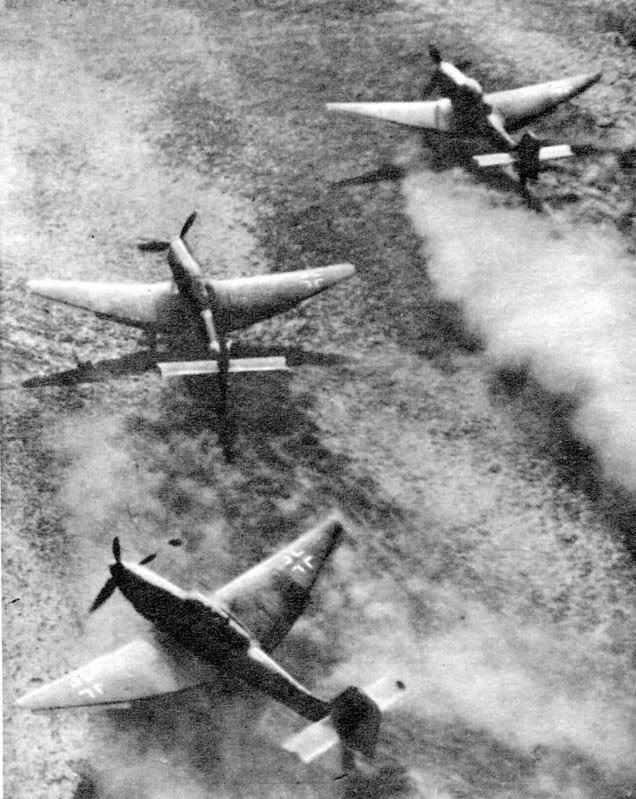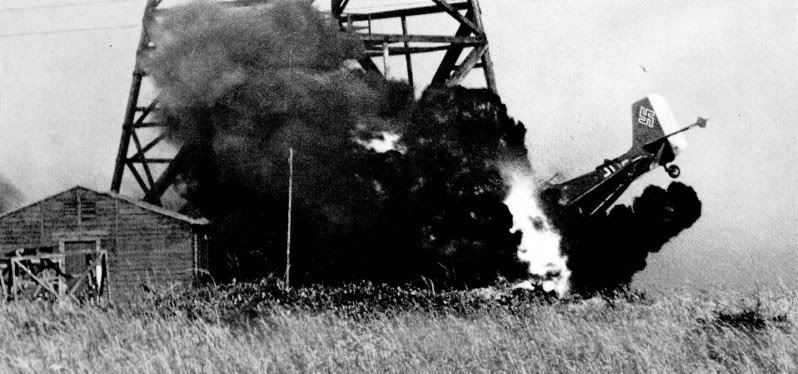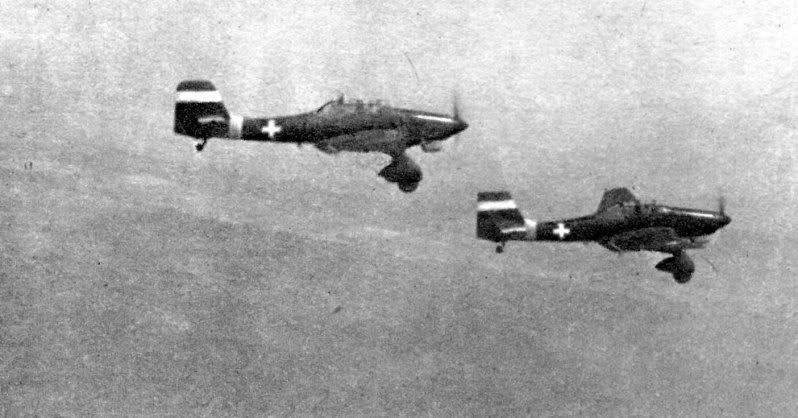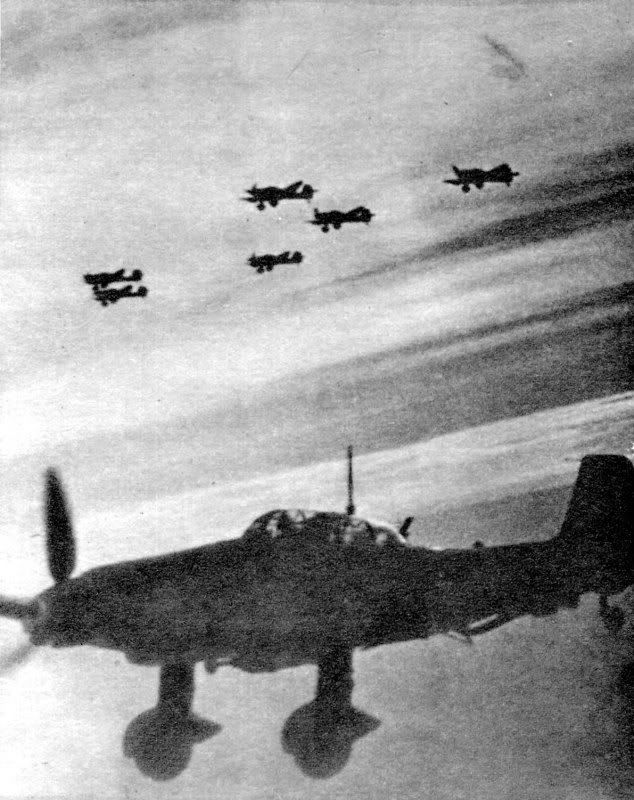Oh, please don’t worry, old chap! I’m sorry if I rubbed your fur the wrong way. But we may take heart from the fact that we are actually practicing here our ability to examine critically proposed technical solutions, and that’s the acid test of thinking, you know. Can the individual evaluate critically all the factors involved, and analyze and synthesize until, as a result of that critical study, there comes a definite conclusion – that’s the main issue here. As well as our ability and readiness to cast aside hypothesis found not valid. Thinking, my dear Mr. Tiger 205, implies objectivity and singleness of purpose. One hypothesis must be no better than another when it has been critically examined and found wanting, but to cast it aside may take courage. It is difficult at times to prevent what one has perhaps unconsciously come to expect or hope would be the outcome. Objectivity in critical thought is a crucial thing and exceedingly difficult to achieve, because much of our reflection takes its hue from the subjective values, prejudices and stereotypes that pervade all our thinking.
Complete objectivity should, however, characterize rigorous thinking, and there should be no hesitation in casting aside proposed solutions when they are found invalid. Unfortunately, a number of unrealistic assumptions were worked into the human mind along with the enduring truths. Today’s theorists, enjoying the advantage of modern information technology are in a position to discard these unrealistic assumptions. After all – that’s why we are here. 
Therefore please – a couple of days ago you offered me a job and asked me to give up my well-paying, full-time position. Consequently, before I give up my flying business, don’t hesitate and give your distinguished jet co-worker a call. I am really eager to see his flying capabilities against my good old slow-flying Lanc in the middle of night, with a plethora of heavy, rainy clouds. You know, Me 262’s high speed advantage actually was so great that it practically became a difficulty in the conditions of a radar-based night interception, and as a result the Kommando Welter specialized in intercepting the much faster Mosquitos. 
Of course, I am assuring you that I am sufficiently trained and bodily and mentally completely capable to perform the Corkscrew Maneuver, which allows continuation of course while presenting to the attacking fighter an extremely difficult target. Here is the graphical essence of it:

The Corkscrew Maneuver
You see? Not so terribly complicated at all. 
BTW: I am assuring you that in time of need our Mossies will be upgraded very soon as well. You see, quite early, more precisely in the June of 1942, there was a proposal for a “Jet Mosquito”, equipped with two H 1 Goblin jet engines (13,3 kN of thrust), 9,979 kg all-up weight, 907 kg bomb load, and top speed of 716 km/h at 12192 m (service ceiling of the Me 262 B 1a/U1: 11450 m). Further consequences of decreased weight of the Jet Wooden Wonder (there are no bombs in the bay) are increased index of thrust-to-weight ratio and significant (50 km/h) augmentation of speed. Oh yes – a new electronic device named “Perfectos”, capable to track and jam German IFF signals will be introduced as well. 
But enough of NF encominiums! Let’s go back to the good old Stuka. Here is a small artistic token of appreciation for you personally, my dear Mr. Tiger 205. It is connected with the Ju 87, and - as far as I know - this is the very first public appearance of this quite specific artwork on the Internet:
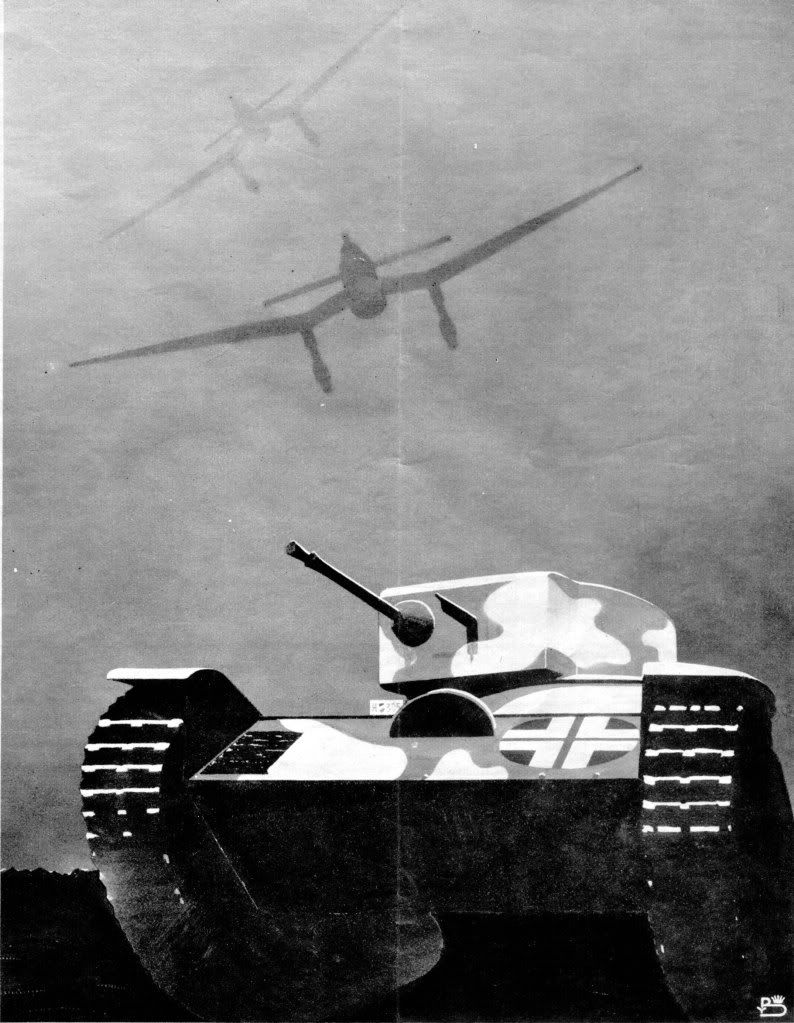
Forward, Hungarian poster - 1942
Egy kis ajándek, Uram, a Pápai Sámánok tiszteletére. 
As we all know, proper service and repair procedures are vital to the safe, reliable operation of all machines, as well as the personal safety of those performing repairs. This tiny string of authentic, previously also unpresented WW2 photos, outlines procedures for servicing and repairing aircraft engines:
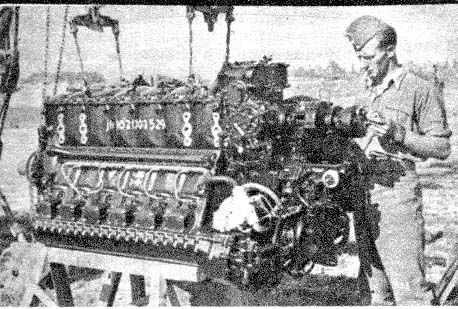
Freshly overhauled Junkers Jumo 211 engine
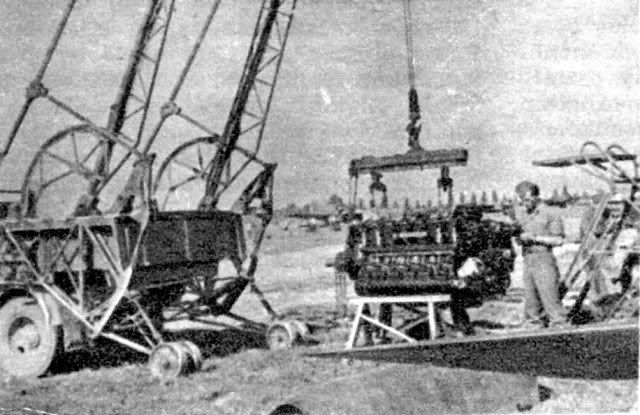
Derrick crane truck moves the engine
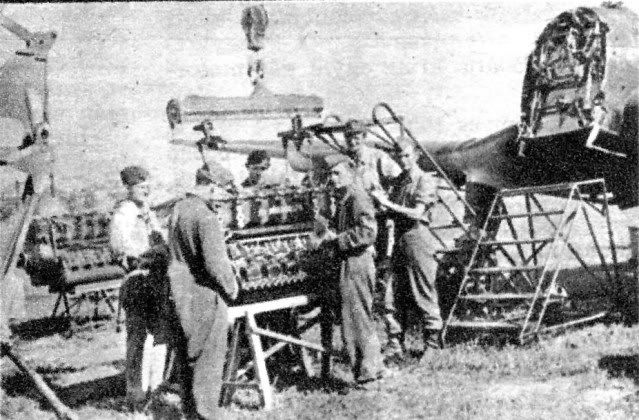
Last check before installation on a four point hoist

Two-arm engine support bar with fixed chain assemblies
“The Junkers’ vulnerability was demonstrated on 11 November 1942 when 15 Ju 87Ds were all shot down by USAF P-40Fs in minutes.” [Weal 1998, p. 65.] . Hmmm Johnny come latelies…LOL
Indeed, my dear Mr. Runwaypainter. As always, combination of incorrect tactics, personal incapacity of the commander, new, nervous pilots and fruitless egotism of combatants always was and still is capable to produce an astonishing defeat.
You know, I also do remember the June 3rd,1942, when certain chap, Hans Joachim Marseille was his name, attacked alone a formation of 16 Curtiss P 40 fighters and shot down six aircraft of No. 5 Squadron (SAAF), five of them in six minutes, including three aces: Robin Pare (six victories), Douglas Golding (6.5 victories) and Andre Botha (five victories).
Here is a tiny photo-reminder for you:
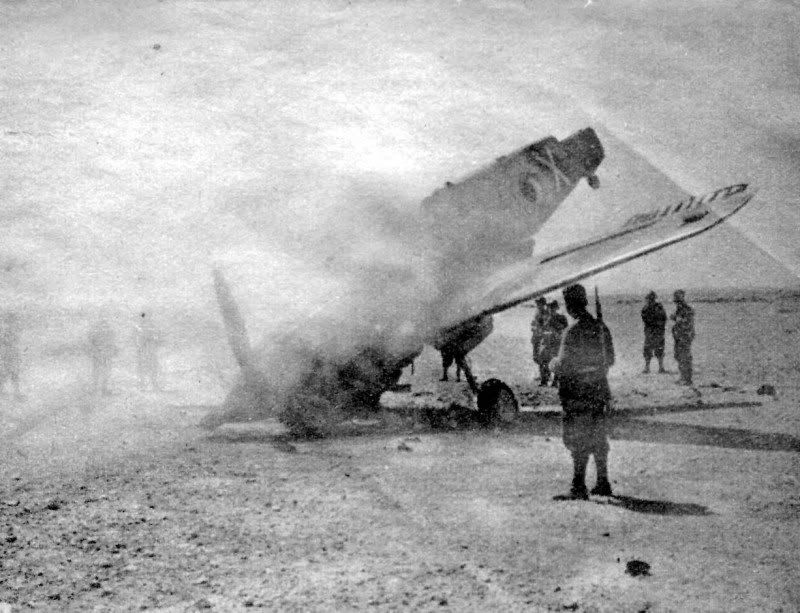
Destroyed Curtiss P 40 in North Africa
This time Ein Jäger aus Kurpfalz was right on time. And, honestly, he had superior birdie as well. :neutral:
Well, that’s all for today. In the meantime, honorable ladies and gentlemen, as always – all the best! 
